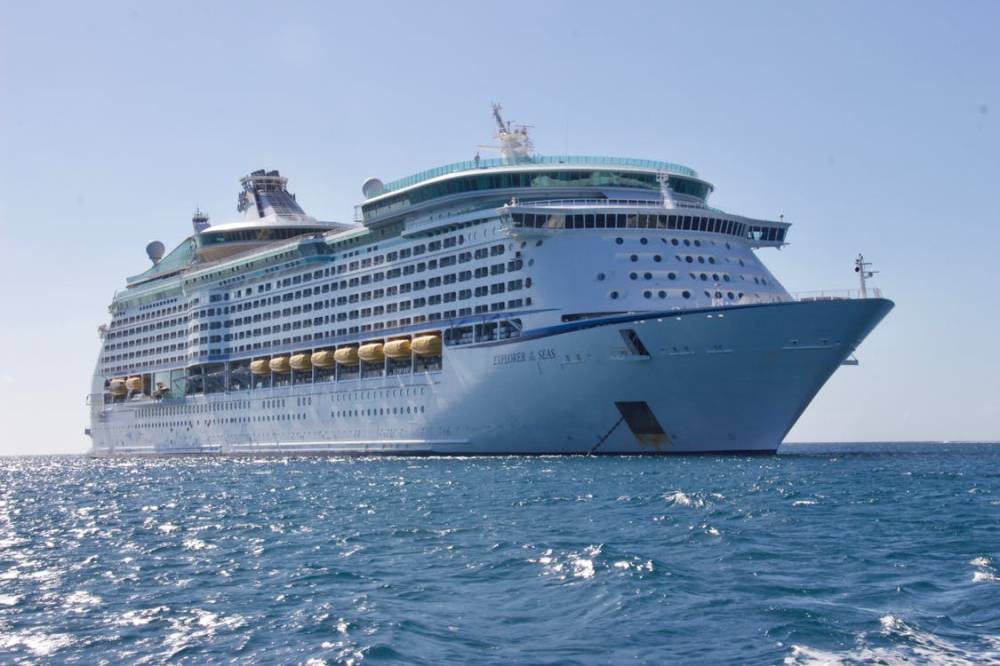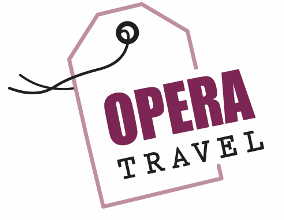Destinations
Discover your next great adventure

Croatia – A Mediterranean Jewel of Natural
Beauty and Rich History
General Information
- Capital: Zagreb
- Area: 56,594 km²
- Population:
Approx. 4 million
- Currency: Croatian Kuna (HRK)
- Languages: Croatian (English is widely
spoken in tourist areas)
Visa Requirements
Visitors to Croatia are required to:
- Hold a passport valid for at least three
months from the date of entry.
- Have an onward or return ticket.
- Show proof of sufficient funds for the
stay.
- For most nationalities, a Schengen Visa
is required, as Croatia is part of the European Union (EU) and is soon to join
the Schengen Area.
- Visa-free access is available for
citizens of many European countries, the USA, Canada, Australia, and several
others (check for updates).
Best Time to Visit
- Summer (June – August): The perfect time
to enjoy Croatia’s lively coast, pristine beaches, and vibrant nightlife.
- Spring (April – June) and Autumn
(September – October): Ideal for sightseeing, exploring cultural landmarks, and
hiking in pleasant weather with fewer crowds.
- Winter (November – March): Great for
exploring the country's inland cities and national parks without the tourist
crowds.
Main Attractions
- Plitvice Lakes National Park – A UNESCO
World Heritage site, known for its stunning waterfalls, crystal-clear lakes,
and lush forests.
- Hvar Island – Famous for its lavender fields, beautiful beaches, and vibrant nightlife.
Rovinj – A charming coastal town with
colorful buildings, cobbled streets, and a rich Venetian heritage.
- Zadar – A city with Roman ruins, modern
art installations like the Sea Organ, and beautiful sunsets.
- Pula – Home to the well-preserved Roman
amphitheater, one of the best in the world.
- Korčula – A medieval town, said to be the
birthplace of Marco Polo, known for its narrow streets and crystal-clear
waters.
- Split – A bustling city with ancient
Roman architecture, including the famous Diocletian’s Palace.
Activities & Outdoor Adventures
- Island Hopping – Discover Croatia's
picturesque islands like Brač, Korčula, and Vis, each with its own charm.
- Sailing & Boating – Explore Croatia’s
pristine coastline and numerous islands by boat.
- Hiking – Trek through the rugged terrains
of Paklenica National Park or the hills around Dubrovnik.
- Snorkeling & Scuba Diving – Dive into
the Adriatic Sea and explore vibrant underwater life.
- Cycling – Take advantage of the scenic
coastal routes or cycle through charming countryside towns.
- Wine Tasting – Explore the renowned wine
regions of Istria and Dalmatia, sampling local varieties.
Traditional Food & Drinks
Local Dishes:
- Pasticada – A slow-cooked beef stew,
often served with gnocchi or pasta.
- Crni Rizot – A black risotto made with
cuttlefish and squid ink.
- Ćevapi – Grilled minced meat, served with
flatbread and onions.
- Peka – A traditional Croatian dish of
slow-cooked meat and vegetables, prepared under a bell-shaped lid.
- Burek – A pastry filled with minced meat
or cheese, often enjoyed as a snack.
Desserts:
- Fritule – Fried dough balls, sometimes flavored with rum, powdered sugar, and citrus zest.
- Krostule – A crispy, sugary pastry, often
served during festive occasions.
- Rafaelo – A coconut-covered dessert made
from almonds, sugar, and rum.
Drinks:
- Rakija – A traditional fruit brandy,
usually homemade and enjoyed as a digestive.
- Plavac Mali – A robust red wine from the
Dalmatian region.
- Maraschino – A sweet cherry liqueur
originating from Zadar.
Travel Tips for Croatia
1. Currency & Payments: Croatia uses
the kuna (HRK). Credit cards are widely accepted in major cities, but cash is
necessary in rural areas.
2. Best Time to Visit: Summer for the
coast, spring and autumn for city exploration and hiking.
3. Public Transport: Croatia has a good bus
network, and ferries connect the islands to the mainland.
4. Safety: Croatia is considered a safe
destination, though be mindful of your belongings in tourist areas.
5. Local Etiquette: Dress modestly when
visiting religious sites, and be polite when interacting with locals.
6. What to Avoid: Tap water is safe to
drink in most urban areas, but always check when traveling to remote
locations.
7. Language Barrier: English is widely
spoken in tourist areas, but learning a few basic phrases in Croatian can be
appreciated.
8. Shopping: Croatia is famous for its olive oil, truffles,
wine, and handmade lace.
9. Tipping: It is customary to leave a tip
of around 10-15% in restaurants.
10. Festivals: Don’t miss the Dubrovnik
Summer Festival, Split Summer Festival, and various music and cultural events
throughout the country.
Summary
With its stunning coastline, rich history,
and breathtaking landscapes, Croatia is a must-visit destination for any
traveler. Whether you're soaking up the sun on beautiful beaches, hiking
through national parks, or exploring the cultural gems of historic cities,
Croatia offers a perfect mix of adventure, relaxation, and culture.
Our Packages

CELESTYAL JOURNEY- HEAVENLY ADRIATIC( CRUISE)
Itinerary:
Day 1: Larnaca – Athens
Day 2: Kefalonia
Day 3: Dubrovnik, Croatia
Day 4: Kotor, Montenegro
Day 5: Bari, Italy
Day 6: Corfu
Day 7: Katakolo
Day 8: Athens- Larnaca
